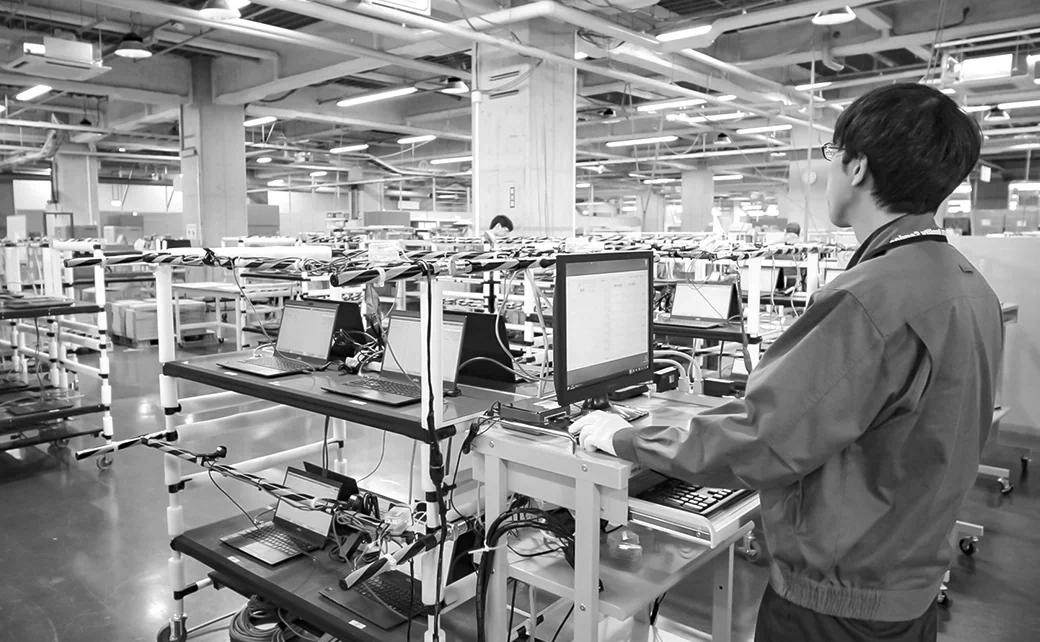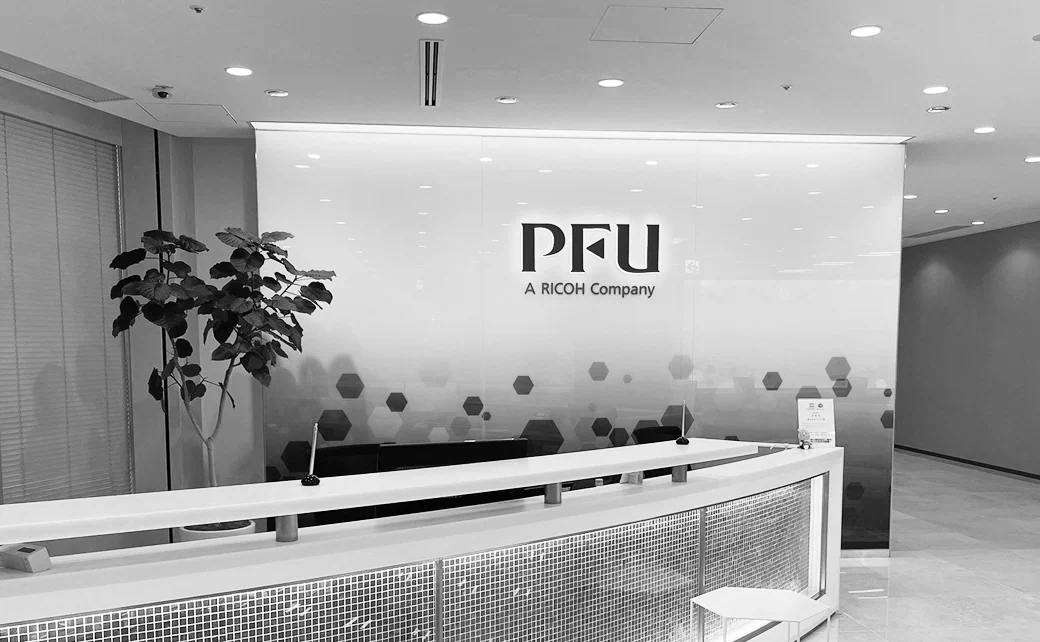History
With “Never changing passion, ever changing future” in our hearts.
PFU was founded in 1960 in Unoke, Ishikawa Prefecture. With its integrity and entrepreneurial spirit, the company became a leading manufacturer of office computers and minicomputers. After undergoing major structural reforms, which can be described as a second founding, the company expanded into three core businesses: document imaging, embedded computing, and infrastructure services and integration. With the same spirit that has guided the company since its founding, PFU continues to provide products that offer greater value and excitement, with the aim of contributing to the growth of its customers’ businesses and the realization of a sustainable society.
SINCE 1960Founding
1960
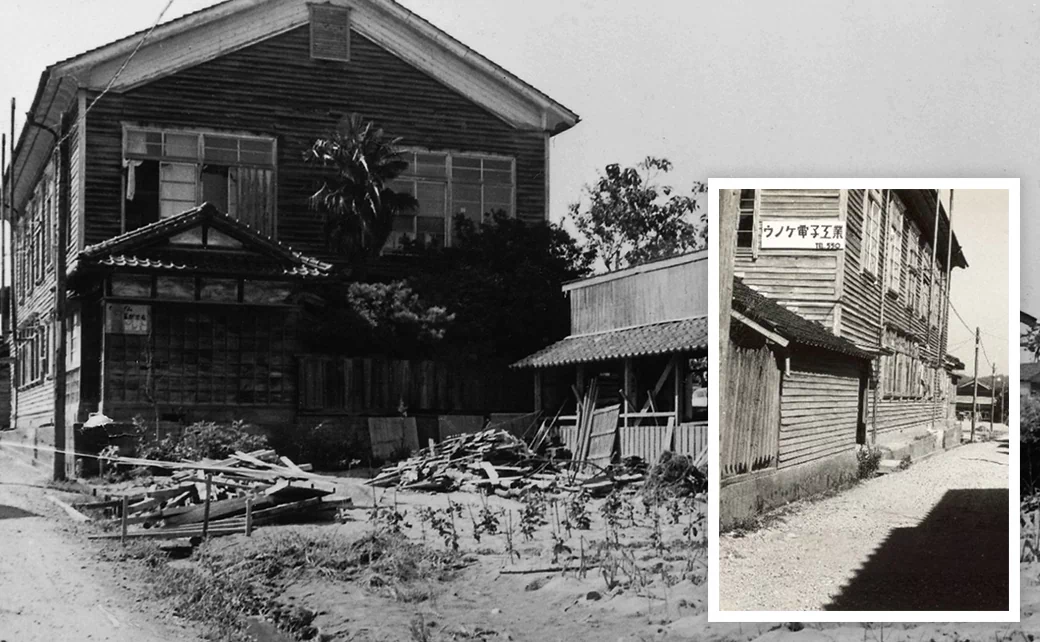
Unoke Denshi Kogyo at its founding
- Unoke Denshi Kogyo Partnership was founded
- In 1960, during the early days of the computer industry, the company was founded in Unoke, Ishikawa Prefecture, as a manufacturer of computers, which were then called electronic computers. The founder was Etsuro Fukae, who ran a dental clinic in Unoke (now Kahoku City). With only seven employees, the company started out in an old lecture hall rented from Unoke Junior High School.
1962

Shipping day of first product
- First shipment of the first commercial product, the USAC 3010
- We developed the “USAC3010,” our first commercial product, under the brand name “USAC” (acronym for Unoke Standard Automatic Computer). Although it attracted more attention than expected, ultimately only one unit was delivered, leading to a financial crisis. Nevertheless, the company overcame this challenge by formulating a five-year restructuring plan and tackling new projects with youthful energy and optimism.
1969
- Company name changed to “USAC Electronic Industrial Co., Ltd.”
1972
- Fujitsu, Uchida Yoko, and USAC Electronic Industries formed a three-company alliance for the development, manufacturing, and sales in the information industry sector. As part of this collaboration, the company changed its name to USAC Electronic Industries Co., Ltd.
1973
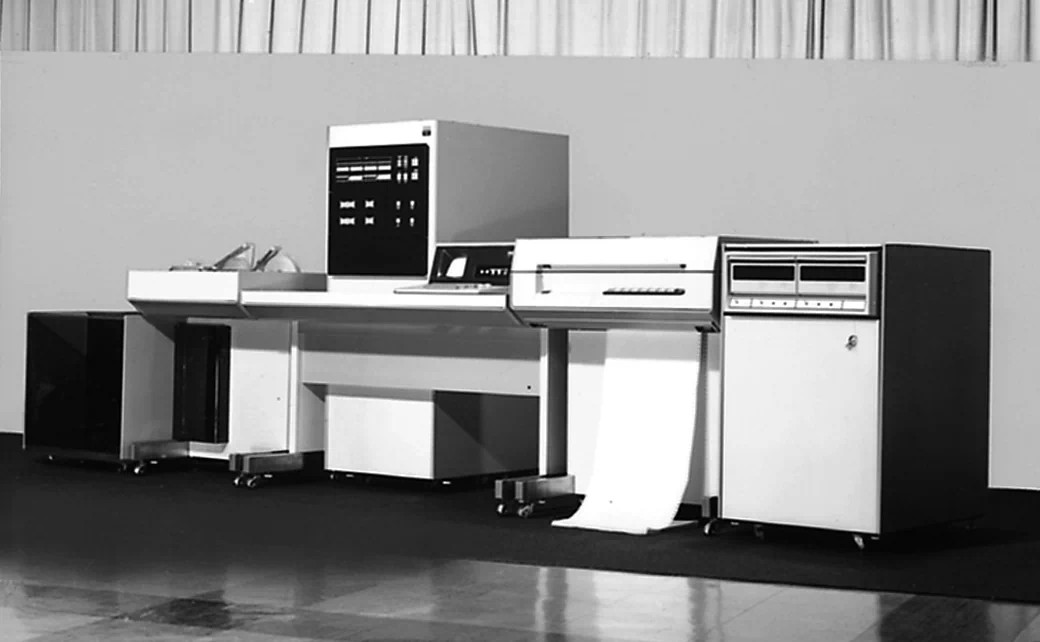
USAC720
- Completed development of “USAC720 Series,” foundation of office computers
- The “USAC720,” which combined the functions of a microcomputer and a billing machine, was developed and became the prototype for later office computers. The “USAC720” was then turned into a series of products that became long-selling machines, laying the foundation for USAC Electronic Industrial Co., Ltd. to become a leading manufacturer of office computers.
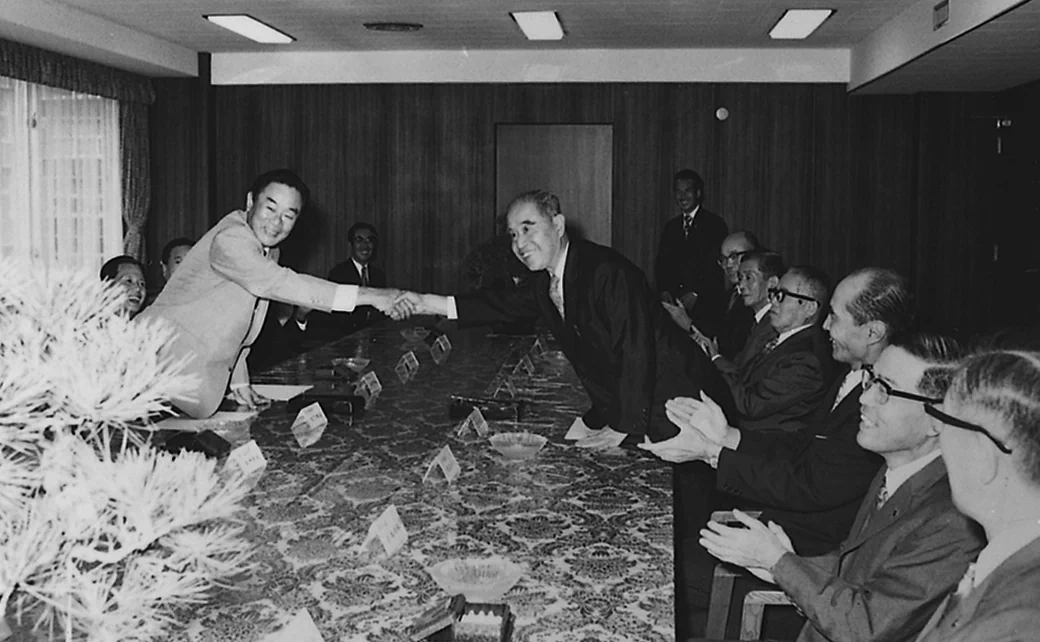
President Matsushita and President Kora shaking hands at the merger signing ceremony
- PANAFACOM Limited was founded
- A joint venture focused on minicomputers was established through an agreement between Fujitsu and the Matsushita Group (now Panasonic). This major restructuring between two leading corporations attracted significant media attention at the time. The company name, “PANAFACOM,” was created by combining both brands.
1975
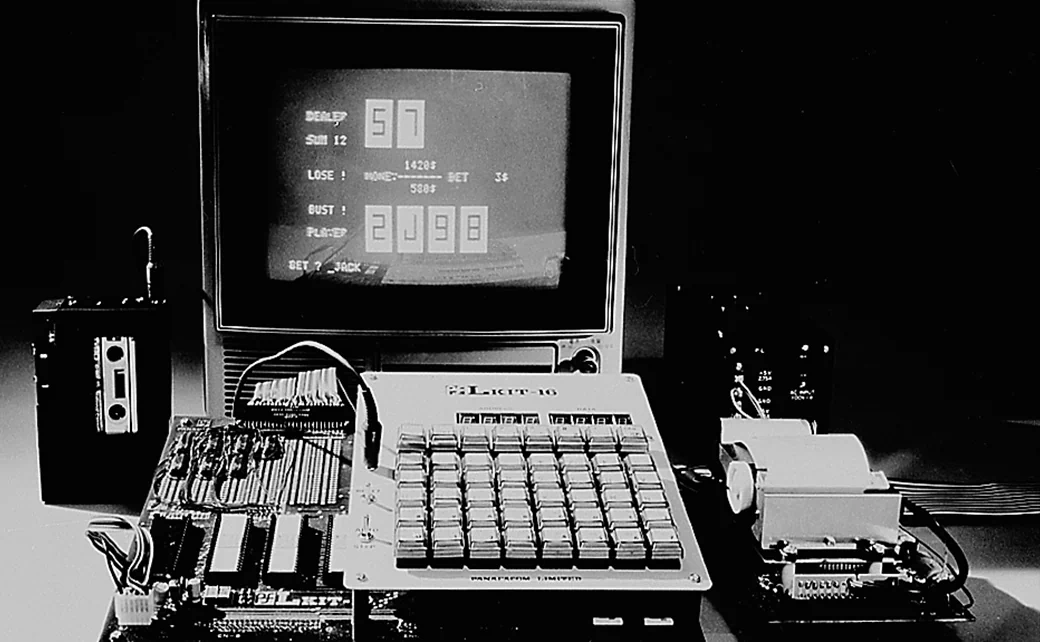
Lkit-16
- Developed the world’s first 16-bit single-chip microcomputer
- When 8-bit microprocessors first appeared on the market, PANAFACOM took the bold step of developing a 16-bit microprocessor. After more than 10 months of development, the world’s first 16-bit microcomputer was completed, and in 1977, the Lkit-16 single-board microcomputer was released. The three manufacturers known as the “Big Three” of the personal computer industry began shipping their new products one after another, ushering in the era of personal computers.
1979
- Launched the first business PC, “PANAFACOM C-15E”
1983
- Launched the “FACOM K Series,” which sparked the boom in office computers
- Launched the “PANAFACOM C-280” business PC (ranked first in overall evaluation by Nikkei Datapro)
1984
- Launched multipurpose printer “U5201” with impact printing method
1986
- Launched “PANAFACOM A Series” minicomputers using UNIX
SINCE 1987Merger and Establishment of PFU
1987
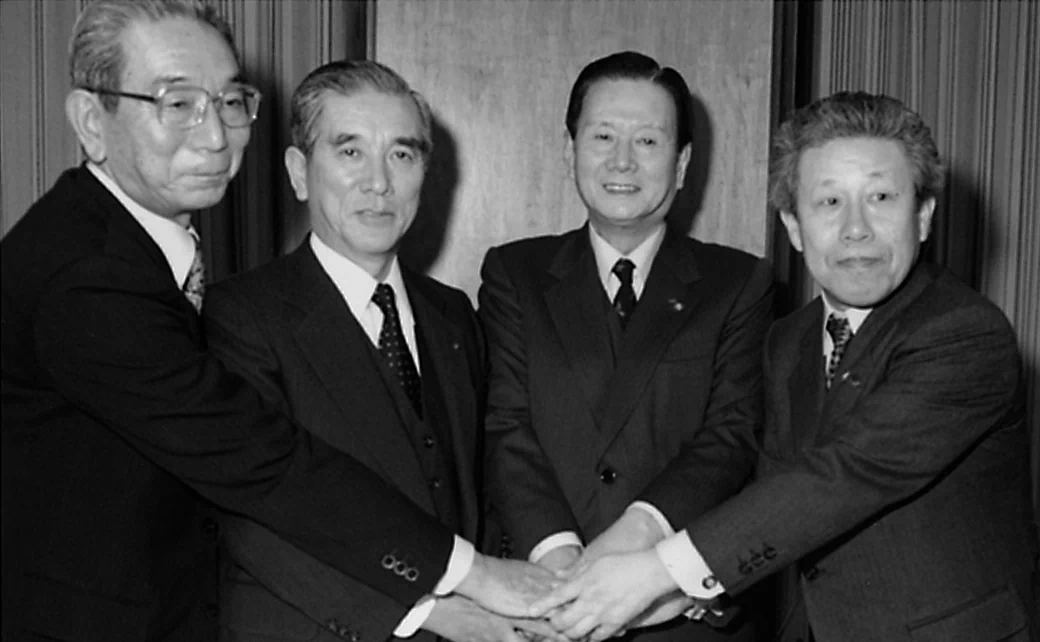
Merger signing ceremony. From left to right, PFU / former President Nagakura, Fujitsu / former President Yamamoto, PFU / former President Niwa, PFU / former Representative Director Hisada
- USAC Electronic Industrial Co., Ltd. and PANAFACOM Limited merged to form PFU Limited
-
Fujitsu took the lead in establishing PFU, with Fujitsu Group holding a 51% stake, Matsushita Group (now Panasonic) holding 22%, Uchida Yoko holding 21%, and others holding 6%.
USAC Electronic Industrial Co., Ltd., a leading manufacturer of office computers, merged with PANAFACOM, which had grown in the minicomputer and personal computer fields, to form one of the largest manufacturers specializing in office computers and minicomputers in Japan. PFU has continued to make great strides as a pioneer in the Japanese computer industry.
1992
- Integrated Yamato Factory (Kanagawa Prefecture) into Kasashima Factory (Ishikawa Prefecture)
- Established PFU Shanghai Co., Ltd., our first overseas base, in Shanghai, China
1993
- Launched the customer service business: “Multi-Vendor Maintenance Service”
1994
- Established our first U.S. office (now PFU America Inc.) in California
- Established overseas electronic manufacturing system. Merged with SIIX Corporation to form PFU Technology Singapore Pte. Ltd. (currently PFU Asia Pacific Pte. Ltd.)
1995
- Established PFU Technology Indonesia Pte. Ltd. as a production base (later integrated into PT SIIX Electronics Indonesia)
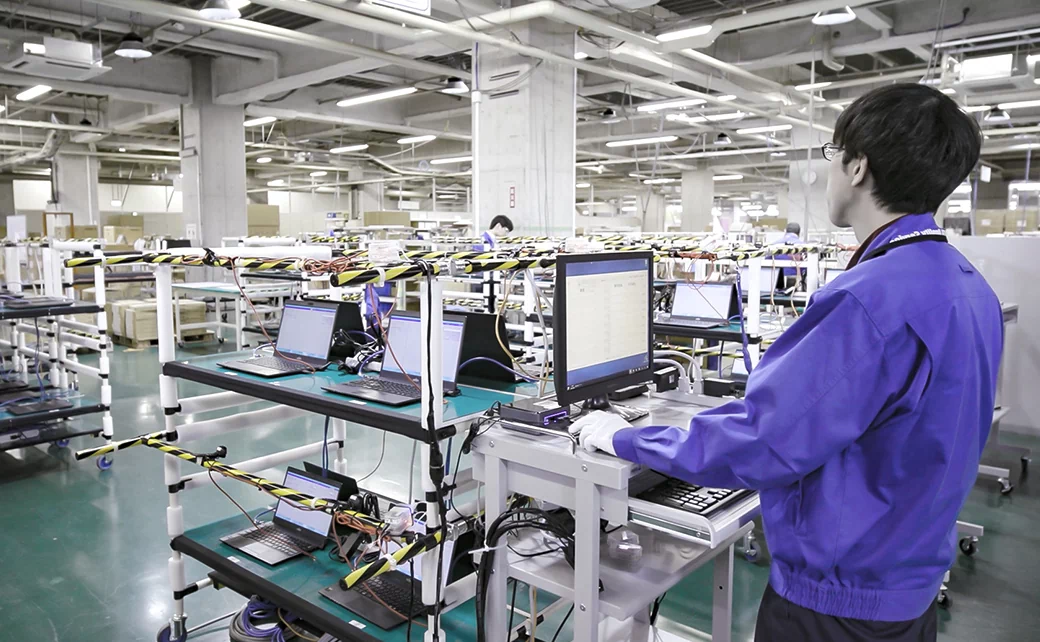
Kitting work
- Established PFU Quality Service Limited as a repair and kitting center for customer service operations
-
As a company that was quick to embody the concept of LCM (Life Cycle Management), we have been providing powerful support for our customers’ businesses.
Currently, we provide IT-related equipment kitting services and logistics services from our headquarters in Atsugi City, Kanagawa Prefecture, as well as our Tokyo Logistics Center and Osaka Kitting Center.
- Launched “MEDIASTAFF series” information kiosk terminals
1996
- Launched the high-performance compact keyboard “Happy Hacking Keyboard (HHKB)”
1998
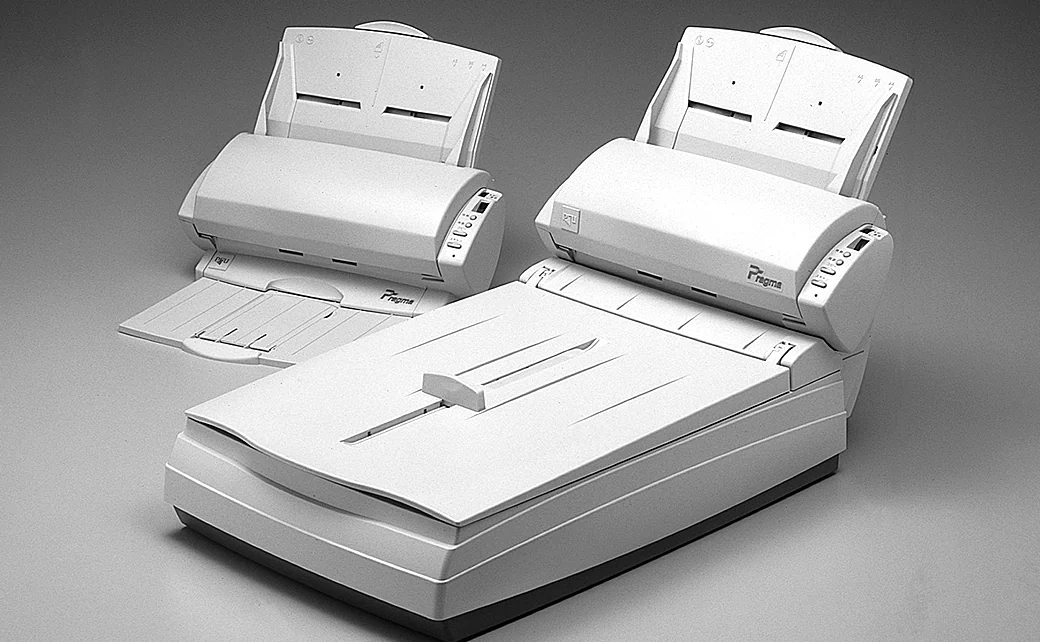
Pragma
- Launched the “Pragma” image scanner, predecessor to ScanSnap
- Unlike the business-use image scanners previously developed, “Pragma” targeted general office environments and the consumer market. Designed to be compact and easy to use on a desktop, it featured simple operation accessible to anyone. From 2001 onward, PFU’s compact image scanners evolved into the ScanSnap series, which went on to become a best-seller.
2002
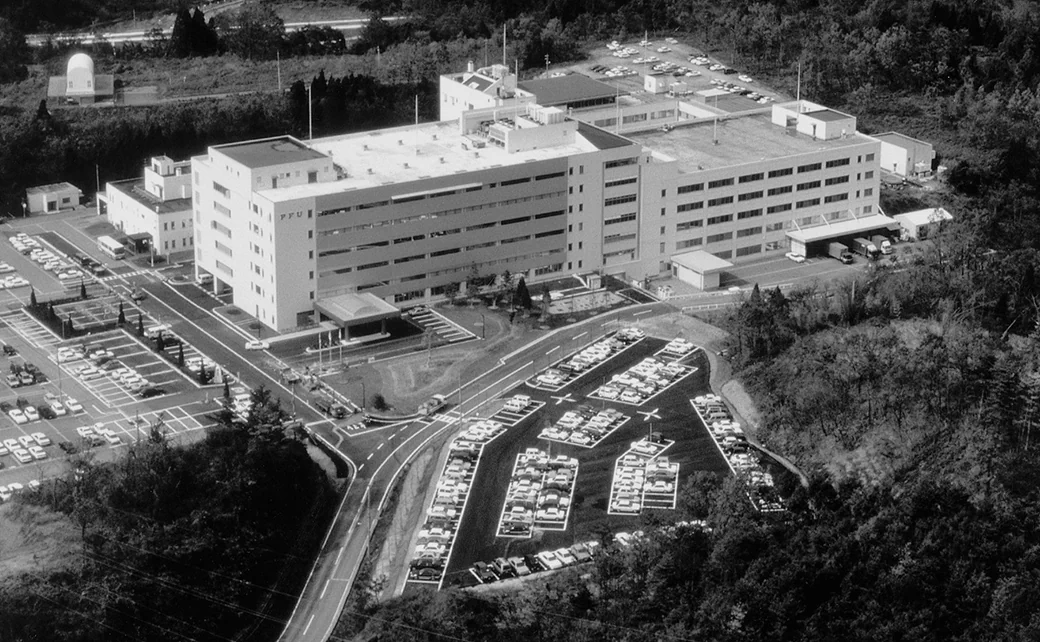
Kasashima factory
- Kasashima factory spun off.
Established “Fujitsu IT Products Limited” jointly with Fujitsu -
The Kasashima factory, which had been a key production base since the USAC Electronic Industrial Co., Ltd. era, was spun off into Fujitsu IT Products Limited, with Fujitsu holding a 55% stake and PFU holding a 45% stake, as part of the Fujitsu Group’s structural reform.
The PFU production system perfected at the Kasashima factory is still in use today, and the spirit of manufacturing cultivated there lives on at the ProDeS Center.
Through these structural reforms, PFU embarked on a second phase of independence and autonomy.
2003
- Launched embedded computing products “Board Computer AM300 Series”
2004
- Launched embedded computing product “Embedded Computer AR1000”
- Launched network security products “iNetSec Series”
2006
- Established “IP Communication Center (IPCC),” a call center and help desk for customer service operations
- Established “ProDeS Center,” a hub for integrated development and manufacturing of embedded computers
2014
- Consolidated Tokyo region offices (Kawasaki; Machida) and moved to Yokohama
2018
- Cumulative sales of embedded computing products exceeded 1 million units
2019
- High-performance compact keyboard “Happy Hacking Keyboard” worldwide shipments exceeded 500,000 units
2020
- Launched “Caora,” a card reader with facial recognition
2022
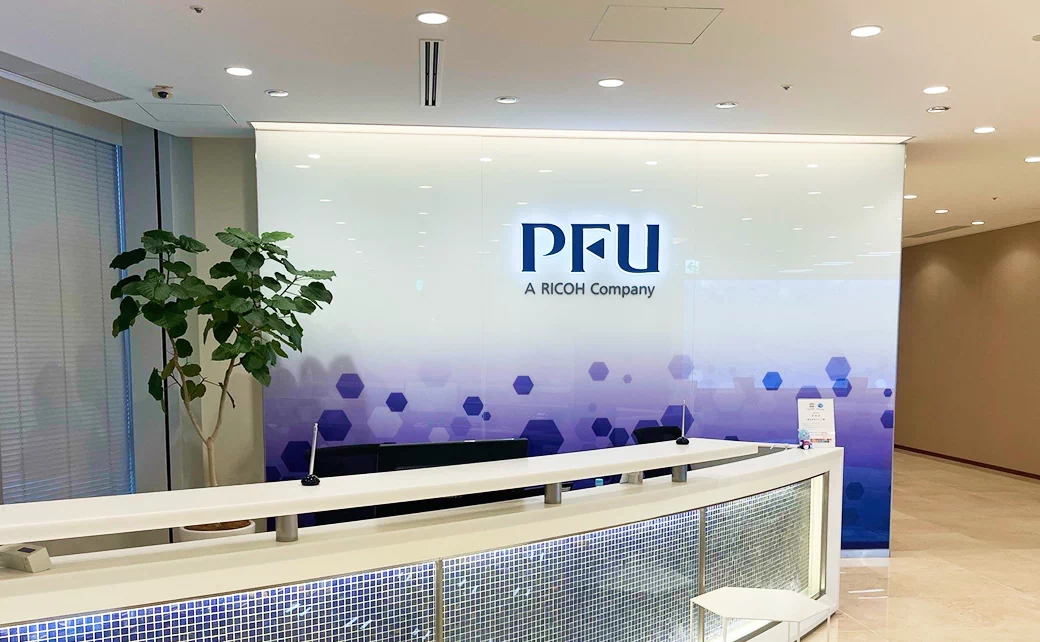
Company logo at Yokohama HQ reception desk
- Change in shareholder composition (Ricoh 80%, Fujitsu 20%)
- After joining the Ricoh Group, PFU has made a fresh start with the aim of further growth and contributing to the Ricoh Group’s development by continuing its core businesses, such as image document-related products, represented by image scanners; embedded computers for industrial and social infrastructure; and IT infrastructure development and operational support services that enhance customer safety and security.
2023
- Image scanners global shipments exceeded 15 million units
2024
- Launched “Raptor VISION,” a waste sorting specialized AI engine
2025
- Change in shareholder composition (Ricoh 100%)
- Transferred (integrated) Embedded Computer Business to RICOH PFU COMPUTING Co., Ltd.
